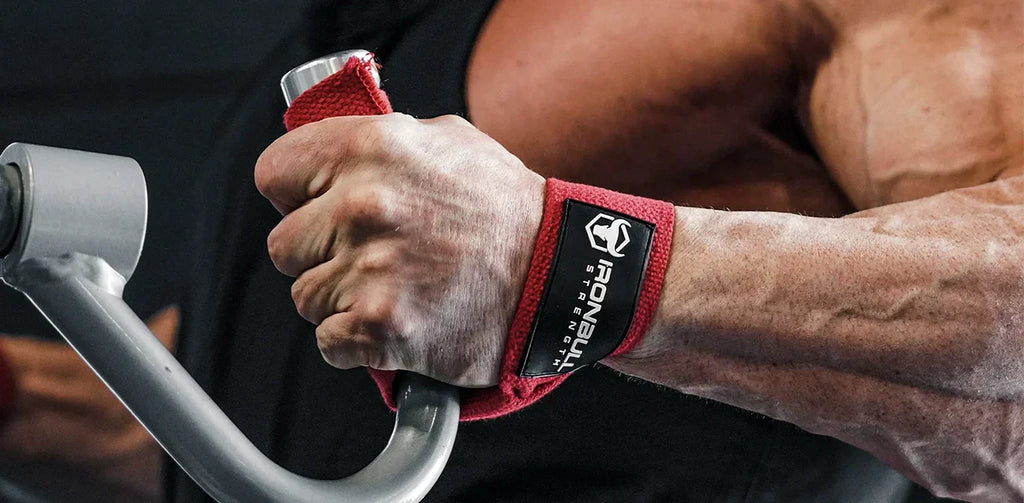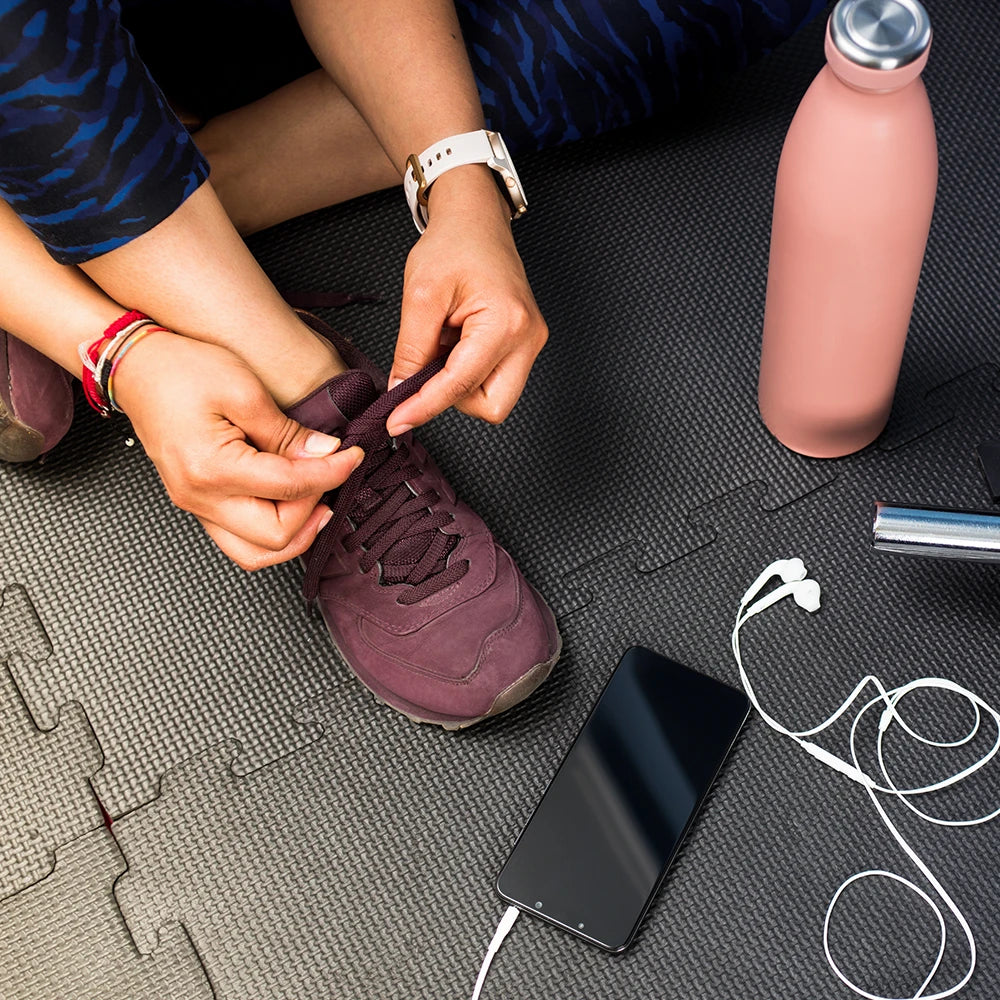Are Squat Stands Safe to Use?

Squat Stand Quality: Why It Matters
Squat stands are a popular and space-saving choice for many home gyms and commercial setups. But are they safe?
That depends on several factors: the quality of the stand, installation, and how you use them. Like any tool, safety lies in knowing the equipment and its proper use.
For example, I once narrowly avoided a serious accident while using an angle grinder. Does that mean angle grinders are always dangerous?
No. But misuse or lack of proper handling increases risk. Squat stands are similar. While they may not be as stable as a full power rack, they can be perfectly safe with the right precautions.
A quality squat stand ensures a sturdy and safe lifting experience. Look for stands made of durable steel with strong welds and a wide base of support to minimize wobbling. Even if you don’t plan on lifting heavy, a stand rated for at least 500 lbs adds an extra layer of security.
Choose stands with high weight capacities and a solid, stable base for a safe, reliable lifting experience.
Experience Counts
The lifter’s experience is key to squat stand safety. Beginners should focus on lighter weights and form, while more experienced lifters will know how to properly rack and un-rack the bar without causing instability.
If you’re just starting out, consider using a spotter or trainer to help ensure proper technique and prevent accidents.
Dumbbells for goblet squats are great for beginners to develop proper squat form before progressing to heavier squats with a barbell.
The Right Exercises for Squat Stands
Squat stands are best for squats, overhead presses, and bench presses, but not every exercise is suited for them.
Avoid dynamic lifts or exercises that can cause the stands to shift. Stick to movements where you can easily control the barbell and ensure it is properly racked.
Kettlebells are perfect for dynamic movements and functional training, great as a complement to squat stands for varied strength routines.
Rack Height and Stability
The higher the barbell is racked, the more unstable the stands become. Taller lifters should be especially cautious of this.
Exercises like bench presses, which use lower rack heights, are more stable with squat stands. Always ensure your squat stands are properly adjusted to your height for maximum safety.
The SS Squat Stand is built for any type of lifter's height ensuring optimal stability even for tall lifters.
A sturdy adjustable bench paired with squat stands can be ideal for presses, increasing versatility and safety in your routine.
Managing Weight Load Safely
The heavier the load, the more important it is to rack and un-rack the bar with control.
Most quality squat stands can support several hundred pounds, but always check the weight rating to ensure it matches your lifting goals.
Proper control and weight management will reduce the risk of shifting or wobbling stands.
Bumper plates are designed to handle heavy loads and minimize impact when dropped, perfect for adding to your squat stands setup.
Extra Safety Tips for Squat Stands
To further ensure safety, always face the stands when re-racking the barbell and know how to bail out if needed. Weighing down the base of the stands with extra weights or kettlebells can also add stability during heavier lifts.
Kettlebells are great for weighing down your squat stands, adding extra stability and safety during heavier lifting sessions.
Final Thoughts: Squat Stand Safety
Squat stands can be perfectly safe as long as they’re well-built, installed properly, and used with care. High-quality stands, combined with proper lifting techniques, make them a great option for most strength training exercises.
Take the necessary precautions, use the right equipment, and you can lift with confidence. For additional storage solutions, consider home gym storage options to keep your weights organized.










